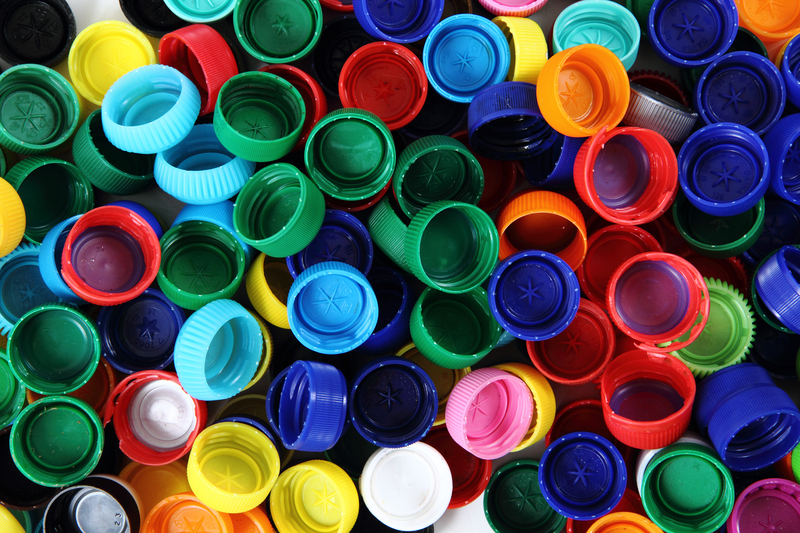Ways to Safely Get Rid of PPE Waste Without Harming Nature
The COVID-19 pandemic has changed the way people live and work worldwide. With this, the use of Personal Protective Equipment (PPE) like masks, gloves, face shields, and gowns has skyrocketed in healthcare, workplaces, and everyday life. However, this surge has brought about a new challenge: How can we dispose of PPE waste without harming the environment?
Irresponsible disposal of PPE can have dire environmental consequences. From clogging waterways and endangering wildlife to releasing microplastics and other pollutants into ecosystems, improper PPE waste management adds to the mounting ecological crisis. In this comprehensive article, we explore safe, eco-friendly ways to dispose of PPE waste, minimizing hazards to nature without compromising public health.
Understanding PPE Waste and Its Environmental Impact
What Is PPE Waste?
PPE waste refers to any disposable personal protective equipment that has reached the end of its useful life. This includes:
- Face masks (single-use medical masks, N95, cloth masks with limited use)
- Disposable gloves (latex, nitrile, or vinyl)
- Face shields and goggles
- Protective gowns and isolation suits
- Shoe covers
Environmental Hazards Linked to Discarded PPE
The exponential increase in discarded PPE materials poses multiple threats:
- Plastic Pollution: Most PPE items are made of plastic-derived polymers that take hundreds of years to decompose, contributing to mounting plastic waste.
- Wildlife Hazards: Discarded gloves and masks can entangle or suffocate animals in terrestrial and aquatic habitats.
- Microplastic Generation: Breakdown of PPE releases microplastics into soil and water, entering food chains and affecting health.
- Public Health Risk: PPE contaminated with viruses or bacteria can spread disease if not handled safely.

Best Methods to Dispose of PPE Waste Without Harming Nature
Managing PPE waste in an eco-friendly manner requires a combination of strategies -- from proper segregation and safe handling to supporting innovation and systemic change. Here are the most effective ways to safely get rid of PPE waste while protecting the environment:
1. Segregate PPE Waste at the Source
Boldly, the first step to safeguarding nature is to separate PPE waste from regular household trash. Mixing contaminated PPE with recyclables or food waste increases the risk of cross-contamination and complicates further processing.
- Designate a specific bin or container for PPE disposal at home, in offices, or in public places.
- Label it clearly and place it in a well-ventilated, safe location away from children and pets.
2. Follow Local Guidelines for PPE Waste Disposal
Check with your local municipality or waste management agency about rules for PPE disposal. Many regions have set up special programs for handling infectious or medical waste, including:
- Designated drop-off points for used masks and gloves
- Sealed collection bags, often color-coded for infectious materials
- Scheduled pickups for households with quarantined individuals
3. Safe Storage Before Disposal
If immediate disposal isn't possible, store used PPE safely:
- Place PPE in a separate leak-proof bag and tie it tightly.
- Keep the bag in a closed bin, ideally with a lid, until it can be disposed of appropriately.
- Disinfect hands thoroughly after handling PPE waste.
4. Support and Use PPE Recycling Initiatives
A major breakthrough in environmentally responsible PPE waste management is the emergence of PPE recycling programs.
- Specialized Facilities: Some companies and NGOs operate facilities that can sterilize and recycle masks, gloves, and face shields into building materials, plastic lumber, or even new PPE items.
- Look for community drop-off points or recycling centers that accept used PPE. These may be available through pharmacies, healthcare organizations, or local authorities.
5. Opt for Reusable PPE When Possible
Minimize waste altogether by switching to high-quality, reusable masks, face shields, or gowns whenever it's safe and practical. Be sure to:
- Choose products that are durable and made from washable fabrics.
- Follow guidelines for disinfecting and maintaining them after each use.
- Avoid using harsh chemicals or hot water that release microfibers into the environment.
6. Ecological Alternatives to Traditional PPE
Research and support PPE made from biodegradable materials such as plant-based polymers, paper, or other compostable substances. Many innovative startups now offer:
- Bamboo fiber masks
- Biodegradable gloves and compostable shoe covers
- Sustainable garments for healthcare professionals
7. Community PPE Collection Drives and Cleanups
Neighborhood initiatives can make a big difference in combating PPE pollution:
- Organize PPE cleanup drives along riversides, beaches, or parks to prevent debris from harming local fauna.
- Raise awareness on safe PPE disposal among community members using flyers or social media posts.
- Partner with local authorities or non-profit organizations for proper handling and disposal of collected waste.
8. Do Not Burn PPE Waste in the Open
Burning masks, gloves, or gowns in backyards or open spaces releases harmful toxins, dioxins, and microplastics into the air, jeopardizing both health and the environment. Instead:
- Dispose of PPE through regulated medical waste incinerators equipped with air pollution control systems.
- Advocate for improved access to such facilities in your community.
9. Composting Biodegradable PPE (Where Applicable)
For PPE made from certified compostable materials (not standard plastic-based gear, which cannot be composted!), follow these steps:
- Remove any non-compostable components (e.g., elastic bands or metal nose wires).
- Ensure the compostable PPE is clean of contaminants before adding to your compost bin.
- Monitor the decomposition process and keep the compost pile away from edible plants.
10. Innovations in PPE Waste to Energy Technologies
Some modern waste-to-energy plants can process PPE waste at high temperatures, converting it into electricity or heat while minimizing emissions. While controversial in some areas due to fears of pollution, such advanced plants can:
- Reduce landfill volumes
- Destroy pathogens
- Supply energy for local use
The Role of Individuals, Businesses, and Policymakers
Addressing the PPE waste crisis requires action on multiple fronts:
- Individuals: Practice safe disposal habits, buy reusable or eco-friendly PPE, and educate others.
- Businesses: Offer PPE recycling services, reduce single-use PPE, and switch to green alternatives for staff.
- Policymakers: Implement nationwide standards for PPE waste collection, invest in infrastructure, and incentivize sustainable manufacturing and research.
Case Study: Successful PPE Waste Management Programs
Some regions have excelled in minimizing the environmental impact of PPE waste:
- Europe: Several countries have rapidly deployed mobile PPE collection units in cities, coupled with government-backed recycling partnerships.
- Asia: Non-profit "mask banks" collect and sterilize PPE for recycling, while awareness campaigns ensure citizen participation.
- United States: Innovative startups provide collection boxes at supermarkets and health centers, converting discarded masks into building bricks or fuels.

Frequently Asked Questions about Eco-Friendly PPE Waste Disposal
Is It Safe to Recycle Used PPE?
Not all recycling centers accept used PPE due to the risk of pathogen transmission. Specialized facilities must follow strict protocols for collection, sterilization, and processing. Always check with your local waste management authority before attempting to recycle PPE waste.
Can I Sanitize and Reuse Disposable Masks or Gloves?
Disposable PPE is not designed for repeated use, and improper attempts at sanitization can reduce its effectiveness and pose health risks. Instead, invest in certified reusable products whenever possible, and dispose of single-use PPE through proper channels.
What Should I Do With PPE After Caring for a Sick Person at Home?
Double-bag the used PPE, seal it tightly, and store it for at least 72 hours before adding it to your general waste (unless your community offers special collection services). Always wash your hands immediately after handling contaminated PPE.
Are Biodegradable Masks Effective?
Yes -- when certified to necessary filtration and safety standards, biodegradable masks can provide comparable protection while decomposing much faster than conventional plastic-based ones. Look for regulatory certifications to ensure effectiveness.
Conclusion: Moving Towards a Greener, Safer Future
As the world continues to grapple with PPE waste from ongoing health crises, it is crucial for everyone -- individuals, businesses, and policymakers alike -- to adopt sustainable habits and support innovative disposal solutions. By wisely managing PPE waste, promoting recycling and composting, encouraging reuse, and advocating for greener materials, we can collectively protect both public health and the precious natural environments we all rely on.
Let us all play our part, ensuring that the safety measures meant to protect us do not become a persistent threat to the planet. Remember: Every responsible act of PPE waste disposal safeguards not just your surroundings but the world at large.
